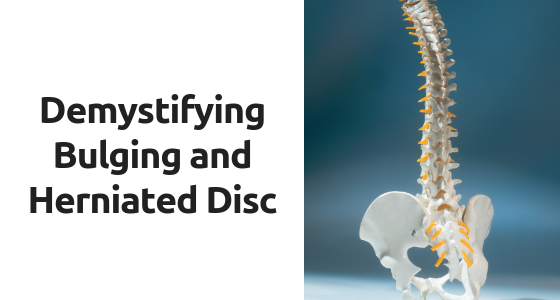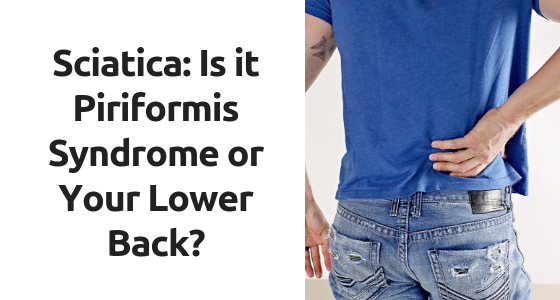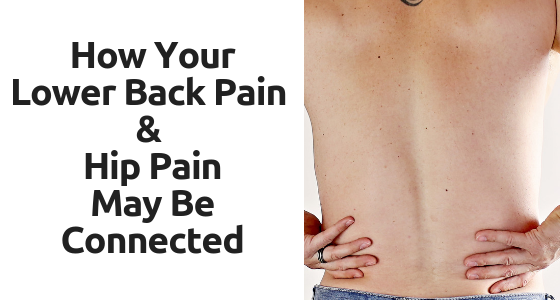Demystifying Bulging and Herniated Disc
Within the spine you have numerous structures, but the two we’re focusing on here are your vertebrae (the individual bones of the spine), and the discs (the cartilage ‘cushion’ in between each of those vertebrae). These discs act as shock absorbers that allow your spine to move in different directions and deal with regular impact without damaging the other spinal structures.
Sciatica: Is it Piriformis Syndrome or Your Lower Back?
When seeking answers for low back, hip, and leg pain, you may have heard the term Sciatica. This condition occurs when the sciatic nerve (the largest nerve in the body) is irritated or inflamed, causing pain, tingling, and/or numbness felt along part or all of the nerve path; most often starting in the low back or the buttock and traveling down the outer leg, even all the way down to the foot in some cases.
How Your Lower Back Pain & Hip Pain May be Connected
The body is intricately designed with nerve endings and connective tissues that intertwine to form a beautiful structure capable of everything from minute movements, to birthing a child, to surviving in some of the harshest conditions on earth. But with these capabilities comes vulnerability, so it’s no surprise that we experience pain from time to time at the very least. What you may not realize is that sometimes the pain you feel isn’t necessarily caused by something in the area you feel it. For example, when you have an injury to your hips or pelvis, it can often cause back pain. Due to the proximity of the complex joints of the pelvis to your spine, your body can also interpret your hip/pelvis problem as back pain and your back problem as hip/pelvic pain.
TMA is Now Offering – Low Back I CE Class
Upcoming CE Class Texas Massage Academy is excited to announce that we are now offering On-Site CE Classes, not only for the Massage Therapist at Fancy’s but to our graduates and other LMTs as well. Our next class, Low Back…



